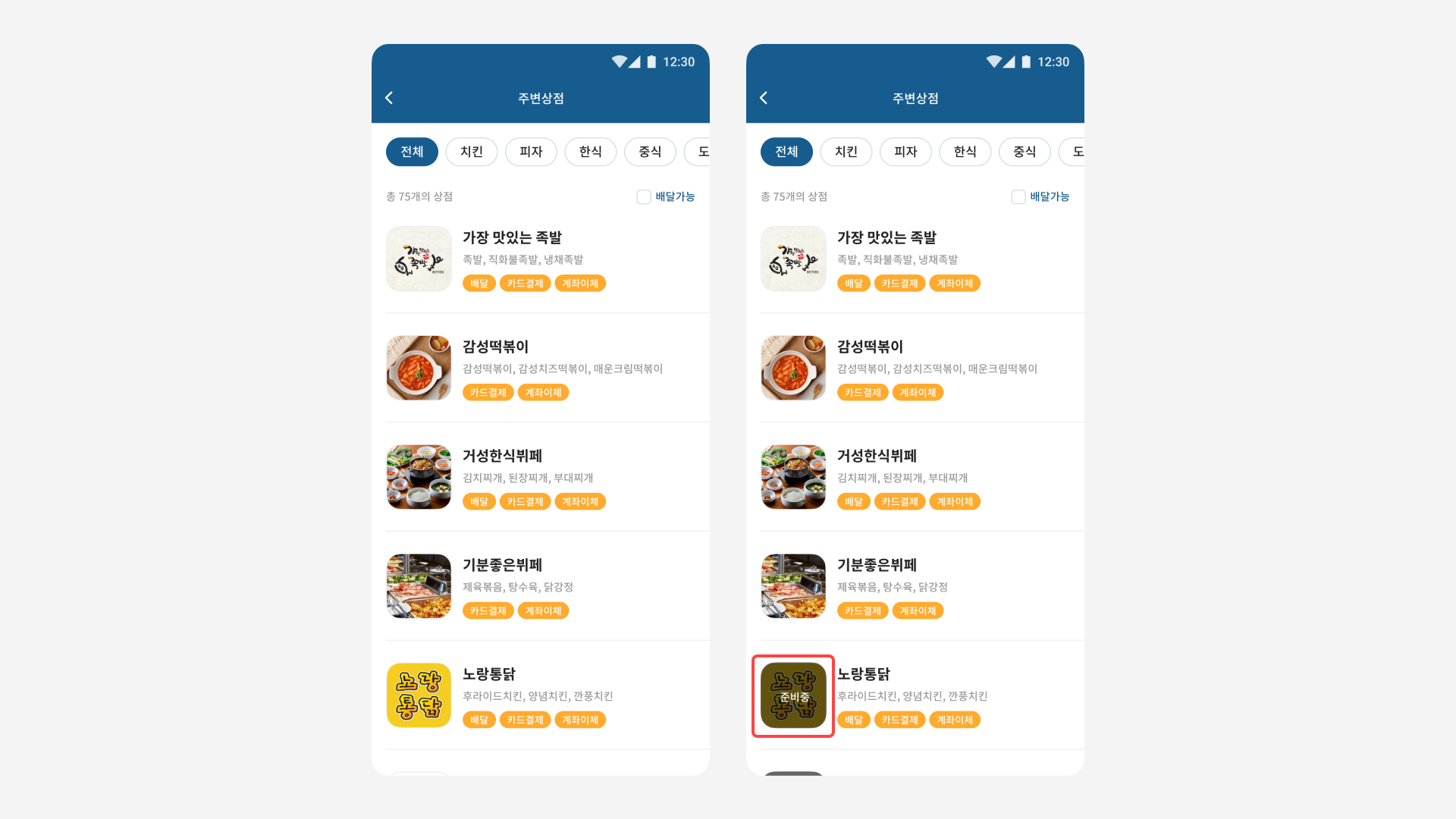Koin Project — Improving Food Ordering Usability
Koin is a community platform service for Korea University of Technology and Education students, offering various services such as local store information, transportation, timetables, and more. Among these, I improved the usability of the local store service, which provides information about nearby stores where students can order food.














